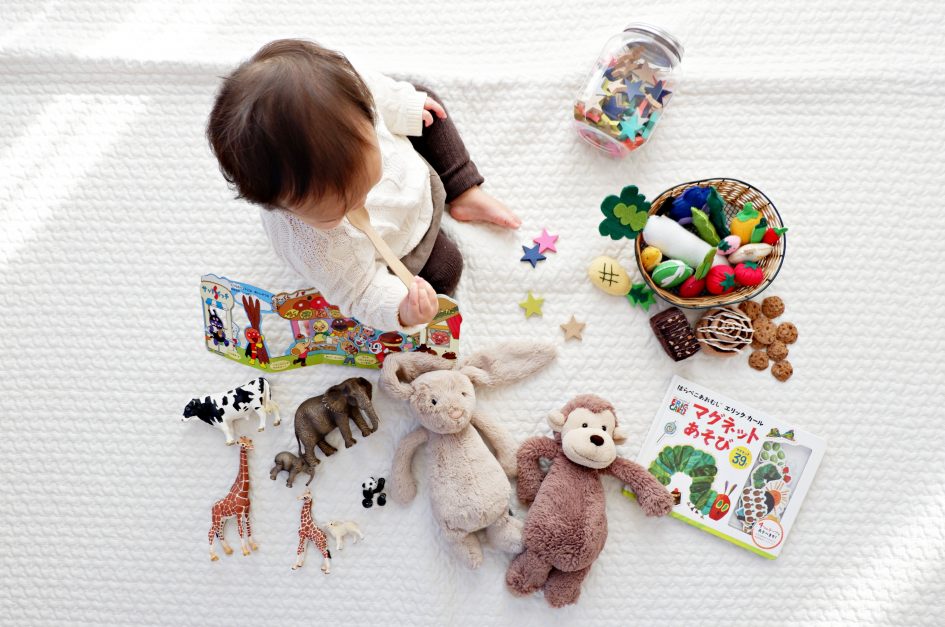There’s no greater influx of toy purchases than around the holidays and each year, more than 72,000 children under age 5 are treated for toy-related injuries. Just because a toy is for sale, doesn’t mean it meets safety recommendations. Many toys available for purchase exceed loudness standards, include toxic ingredients, pose a strangulation risk, or have small parts but aren’t labeled as a choking hazard. Here’s a basic toy safety checklist to protect the youngsters in your life:
- Purchase age-appropriate toys.
- Be mindful of small parts that could pose as choking hazards. For infants and toddlers, if a toy part can fit inside a toilet paper tube, it is too small.
- Avoid toys with unsafe levels of lead, other heavy metals or phthalates. Visit sources like uspirg.org for their annual list to learn more.
- Be cautious of high-powered magnets around children, which can be extremely dangerous if two or more are swallowed. Remove any small magnets from your home.
- Stay informed of toy lists via email with sources like the Consumer Product Safety Commission (cpsc.gov/Recalls).
- Forgo toys with strings, straps or cords longer than seven inches as they pose a strangulation risk.
- Choose toys that are not too loud for adult ears, as they will be unsafe for child ears. When testing a toy, hold it close to your ear, like a child would.
- Include age-appropriate safety gear, such as helmets, when purchasing bikes, scooters, skates, or the like.
- When purchasing plush toys, ensure all elements, such as eyes, are tightly secured.
- Do not buy toys with sharp edges or points for children under age 8.
- Never give children balloons. Balloons are responsible for more juvenile choking fatalities than any other toy or children’s product.
- Consider cyber security before introducing internet-connected toys. Learn more about the Children’s Online Privacy Protection Act (COPPA).
- Ensure any art materials are labeled as nontoxic.
We wish you and your loved ones a safe, healthy and happy holidays!

